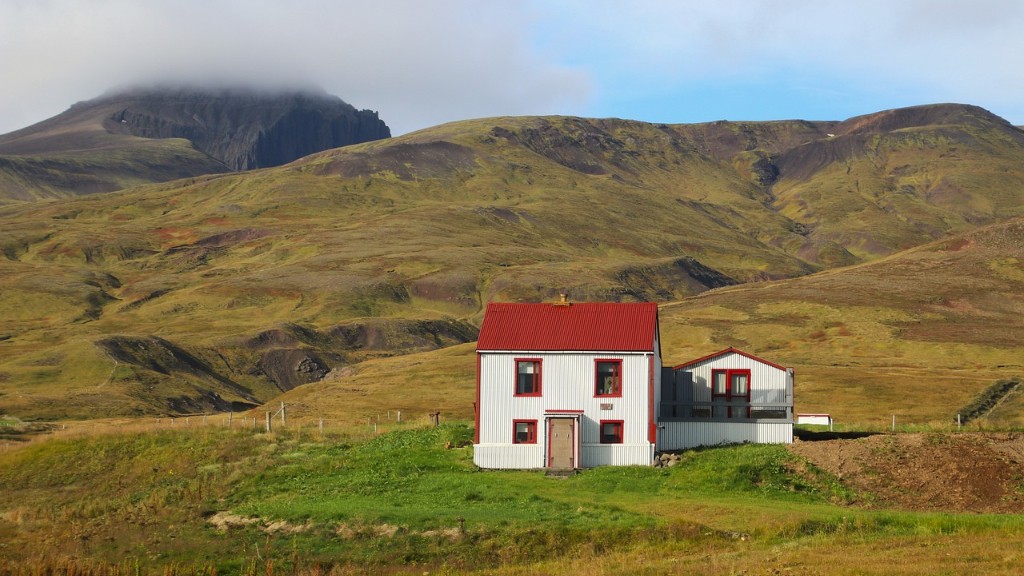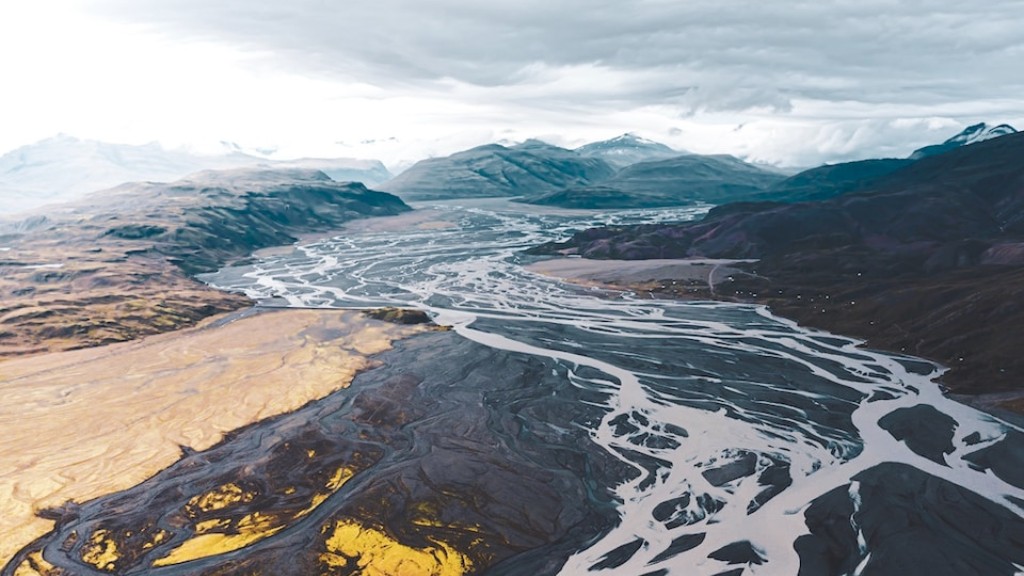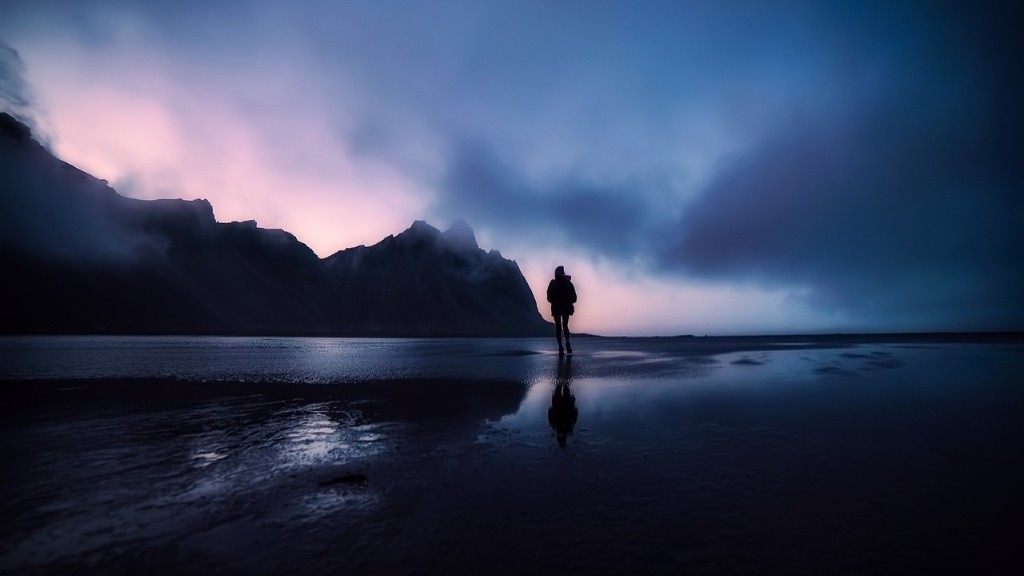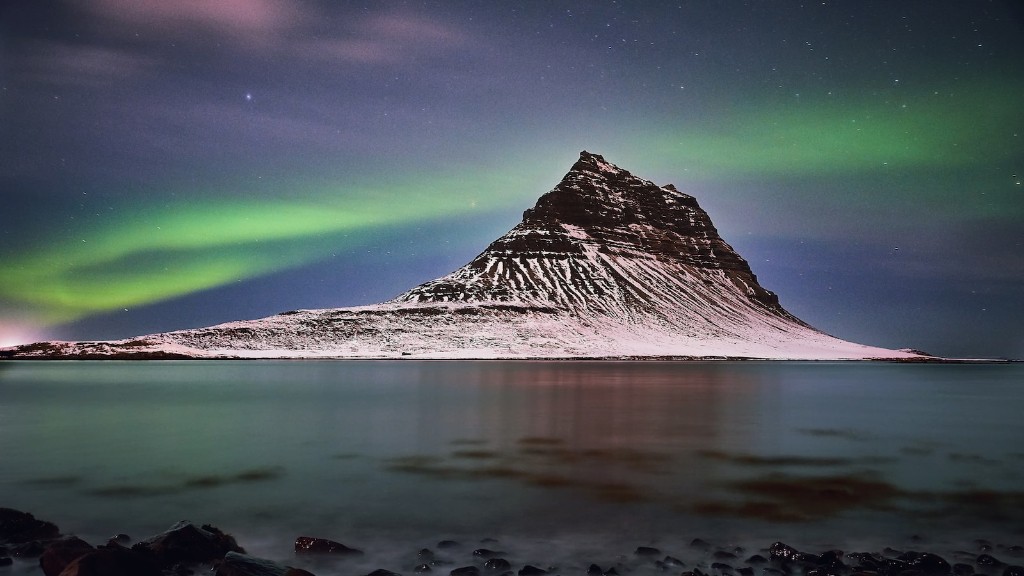Reykjavik Iceland Dangerous Animals
Reykjavik, the capital of Iceland, is often considered a safe and peaceful city. However, like any other place in the world, there are still some dangerous animals that inhabit the surrounding areas. While the risks are relatively low compared to other regions, it’s important for visitors and residents alike to be aware of these potential threats.
Polar Bears
Polar bears are a rare sight near Reykjavik, but they have been spotted on the island’s northern coast. These powerful creatures can be dangerous if approached or surprised. It’s crucial to remember that polar bears are protected species in Iceland, and encountering them requires immediate caution. The best way to mitigate potential risks is to stay informed about their presence through local authorities and follow their guidance.
Orcas
Orcas, also known as killer whales, can be found in the waters off the coast of Reykjavik. While they are magnificent creatures to observe, it’s essential to respect their space and avoid any attempts to interact with them. Orcas are known for their intelligence and occasionally display aggressive behavior when stressed or provoked. Keeping a safe distance and opting for organized boat tours can provide a thrilling experience while minimizing risks.
Jellyfish
Jellyfish are common in the waters around Reykjavik, especially during the summer months. While most species found in Icelandic waters are not harmful, some can deliver painful stings. It’s advisable to wear protective clothing or a wetsuit when swimming or snorkeling in areas where jellyfish are present. If stung, rinse the affected area with seawater and seek medical attention if symptoms worsen or persist. It’s crucial to be cautious but not overly fearful, as encounters with harmful jellyfish are relatively rare.
Arctic Terns
Arctic terns, although not physically dangerous, can become quite territorial during their nesting season in Reykjavik. These elegant birds have a habit of dive-bombing to protect their nests, especially if they perceive a threat. To avoid any injuries, it’s recommended to wear a hat or carry an umbrella while walking near their nesting areas. Respecting their space and not disturbing their nests is also important to maintain the harmony between humans and nature.
Horses
Horses have a special place in Icelandic culture, and they can often be seen grazing in the countryside surrounding Reykjavik. While they are generally friendly, it’s essential to approach them with caution and not make any sudden movements that might startle them. Respect their personal space and avoid feeding them without the owner’s permission. By treating these magnificent animals with care and respect, both humans and horses can coexist peacefully.
Sheep
Sheep play a significant role in Iceland’s agricultural industry and often roam freely in the countryside. When driving in rural areas around Reykjavik, it’s important to be cautious of sheep crossing the road. Collisions with these animals can be dangerous for both the driver and the sheep. Keeping a slow and watchful pace, especially during the lambing season in spring, can help prevent any accidents and ensure the well-being of both locals and their woolly companions.
Puffins
Puffins are beloved seabirds that gather in large colonies on the shores near Reykjavik during the summer months. While they may seem adorable and harmless, it’s crucial not to disturb their natural habitat. Approaching puffin colonies too closely can disrupt their nesting patterns and cause stress to the birds. It’s best to observe them from a distance or join guided tours that provide a safe and educational experience for both visitors and the puffins themselves.
Dangerous Snakes and Predatory Land Mammals
One of the unique aspects of Iceland is the absence of dangerous snakes and predatory land mammals. Due to its isolated location and volcanic origin, Iceland never had the native wildlife that poses significant threats to humans. This fact contributes to the overall safety of Reykjavik and makes it an ideal destination for outdoor activities and explorations without the worry of encountering dangerous creatures on land.
Foxes and Seals
In contrast to the absence of predatory land mammals, Iceland is home to arctic foxes and harbor seals. While not considered dangerous to humans, it’s essential to keep a respectful distance and observe these animals from afar. Feeding or approaching them can disrupt their natural behavior and cause unnecessary stress. Enjoying the presence of these magnificent creatures without intruding on their space is crucial for preserving the delicate balance of Iceland’s ecosystems.
Rare Wildlife Sightings
While the aforementioned animals pose minimal risks in Reykjavik, it’s worth noting that rare and unusual wildlife sightings can occur. Unusual encounters, such as migratory birds or lost marine creatures, can occasionally take place. In such cases, it’s important to report these sightings to local authorities or nature conservation organizations. By providing information, experts can monitor and respond to these rare events, ensuring the safety of both the animals and the people who admire them.
Conclusion
In conclusion, while Reykjavik is known for its safety and tranquility, it’s crucial to be aware of the presence of certain potentially dangerous animals in the surrounding areas. By understanding their behaviors, respecting their space, and following guidelines from local authorities, both residents and visitors can continue to enjoy the natural wonders of Reykjavik without compromising their safety or the well-being of the unique wildlife that calls this region home.



